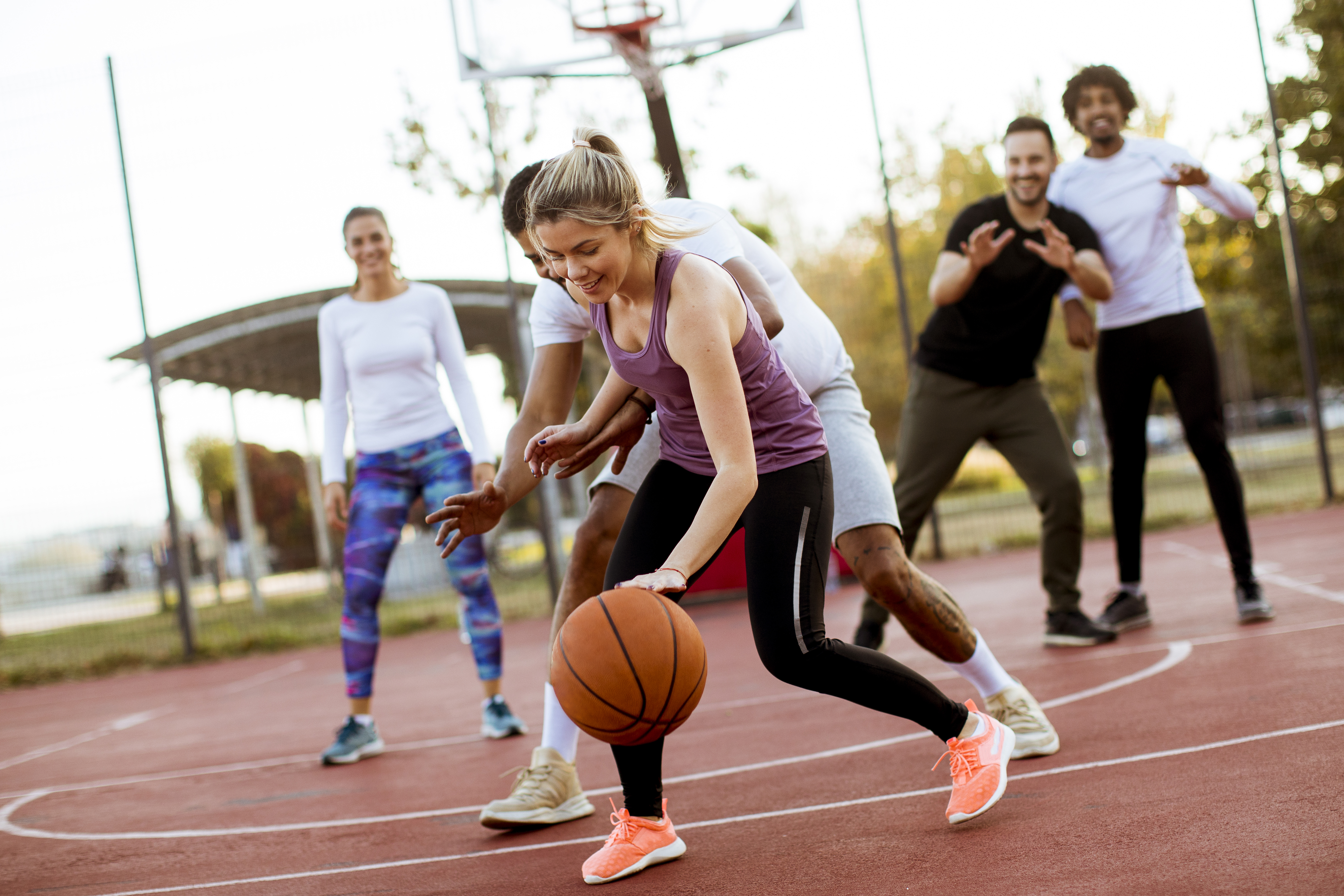30 May 2025
New data has revealed how Australians are choosing to get active, as sport moves beyond the club to parks, pavements and backyards with sporting organisations embracing the challenge to create new ways to welcome Australians of all ages and abilities.

According to the Australian Sports Commission’s (ASC) national AusPlay survey, sports like basketball, football (soccer), rugby league and cricket are in a prime position to increase their participation base.
Almost half (47 per cent) of respondents who played basketball only did so informally rather than as an organised activity.
Basketball Australia is already welcoming new members through its non-traditional programs such as the increasingly popular 3x3 format, social competitions including walking and wheelchair basketball and the newly created Ability Hoops program.
Football Australia, the National Rugby League and Cricket Australia are also evolving to meet the needs of today’s participants, offering different formats of the game for kids, all abilities, women and girls, and seniors.
For the first time, the AusPlay results also reveal where Aussies choose to move and who they get active with.
Adults are opting to exercise in local parks, streets, beaches or at home with informal activities proving most popular across the country.
The new data highlights the integral role public spaces play, with 61 per cent of adults getting active outside, followed by exercising in the home (29 per cent), and visiting a gym/fitness club/sports or leisure centre (28 per cent).
ASC CEO Kieren Perkins OAM said the results demonstrate the many ways adults and children can get involved in sport and physical activity.
“Whether you are going for a run on your own, kicking a footy with your mates at the local park or playing in a weekly netball competition, it’s wonderful to see Aussies finding so many opportunities to keep fit,” he said.
“We know being part of a sporting community improves our physical and mental health and builds resilience, which is why it’s encouraging to see sports embracing different formats and continuing to adapt so all Australians have a place in sport.
“We also need to ensure that there are enough places and spaces available for people to get active in ways and at times that suit them.
“This is a key priority of the Play Well Strategy which is all about breaking down barriers so everyone who wants to be involved can be involved in sport.”
The data was collected over an 18-month period (July 2023 - December 2024) and includes responses from more than 60,000 adults and 13,000 children.
The latest results show:
- Informal activities like going for a run alone or with friends/family on a casual basis are more popular than organised activities for both men and women.
- Over 11 million Australian adults (51 per cent) took part in a sport-related activity.
- Nearly six million adults (26 per cent) played organised sport.
- Around a quarter (or nearly 1.3 million) of children are active through a sports club or association in addition to being active during school hours.
- Four million Australian adults do some type of organised sport or physical activity in a public space or at free community facilities.
- Men are more likely to participate through a sports club or association than women, while participation through gym/fitness clubs and private or commercial businesses is higher for women than men.
- 85 per cent of Australian adults are active and almost half (48 per cent) exercise at least three times a week.
- Full-time students are most likely to participate in sport and physical activity (91 per cent), whereas those living with a disability (68 per cent), the unemployed (71 per cent), and retirees or people on a pension (75 per cent) are least likely.
The latest AusPlay data is available via the Clearinghouse for Sport.
New reports for the top 15 sports and activities are also available.